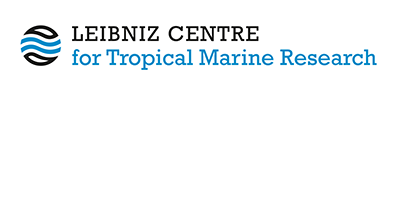Physical Ecosystem Engineers and the Functioning of Estuaries and Coasts.
Gutiérrez, J.L., Jones, C.G., Byers, J.E., Arkema, K.K., Berkenbusch, K., Commito, J.A., Duarte, C.M., Hacker, S.D., Lambrinos, J.G., Hendriks, I.E., Hogarth, P.J., Palomo, M.G. and Wild, C. (2011) Physical Ecosystem Engineers and the Functioning of Estuaries and Coasts. In: Treatise on Estuarine and Coastal Science. , ed. by Wolanski, E. and McLusky, D.S.. Academic Press, Waltham, pp. 53-81. ISBN 978-0-08-087885-0 DOI https://doi.org/10.1016/B978-0-12-374711-2.00705-1.
|
Text
3-s2.0-B9780123747112007051-main.pdf - Published Version Restricted to Registered users only Download (3MB) |
Abstract
A great diversity of organisms modify the physical structure of estuarine and coastal environments. These physical ecosystem engineers – particularly, dune and marsh plants, mangroves, seagrasses, kelps, reef-forming corals and bivalves, burrowing crustaceans, and infauna – often have substantive functional impacts over large areas and across distinct geographic regions. Here, we use a general framework for physical ecosystem engineering to illustrate how these organisms can exert control on sedimentary processes, coastal protection, and habitat availability to other organisms. We then discuss the management implications of coastal and estuarine engineering, concluding with a brief prospectus on research and management challenges.
| Document Type: | Book chapter |
|---|---|
| Programme Area: | PA Not Applicable |
| Research affiliation: | Ecology |
| DOI: | https://doi.org/10.1016/B978-0-12-374711-2.00705-1 |
| Date Deposited: | 30 Sep 2019 11:28 |
| Last Modified: | 26 Mar 2024 13:29 |
| URI: | http://cris.leibniz-zmt.de/id/eprint/2938 |
Actions (login required)
 |
View Item |





 Tools
Tools Tools
Tools